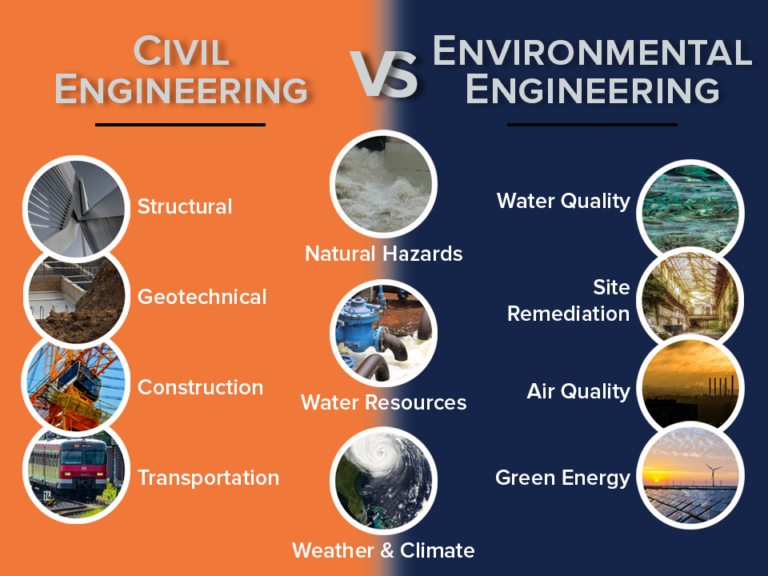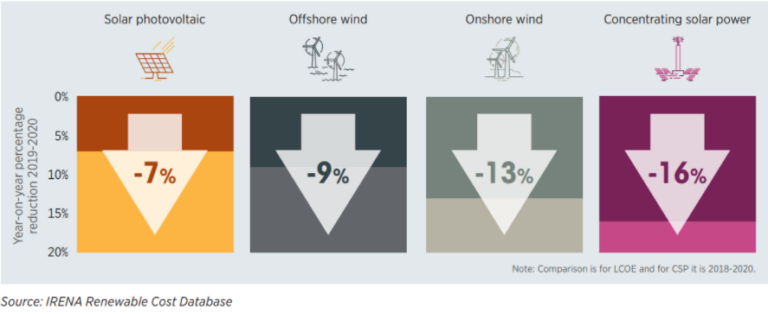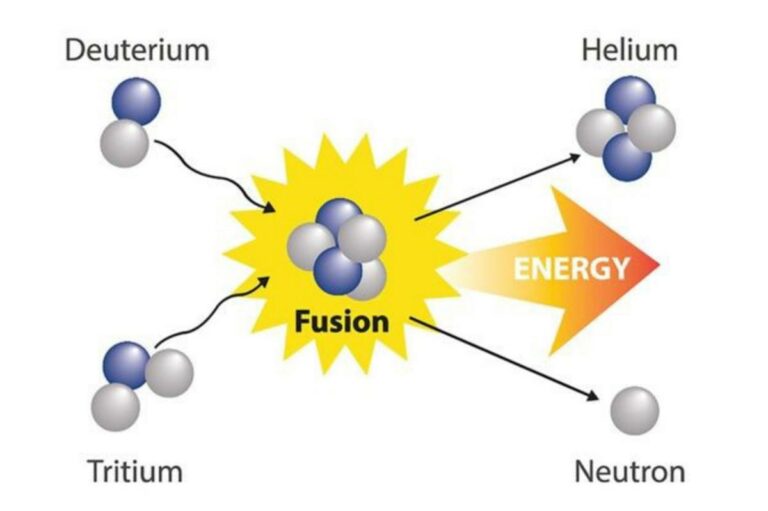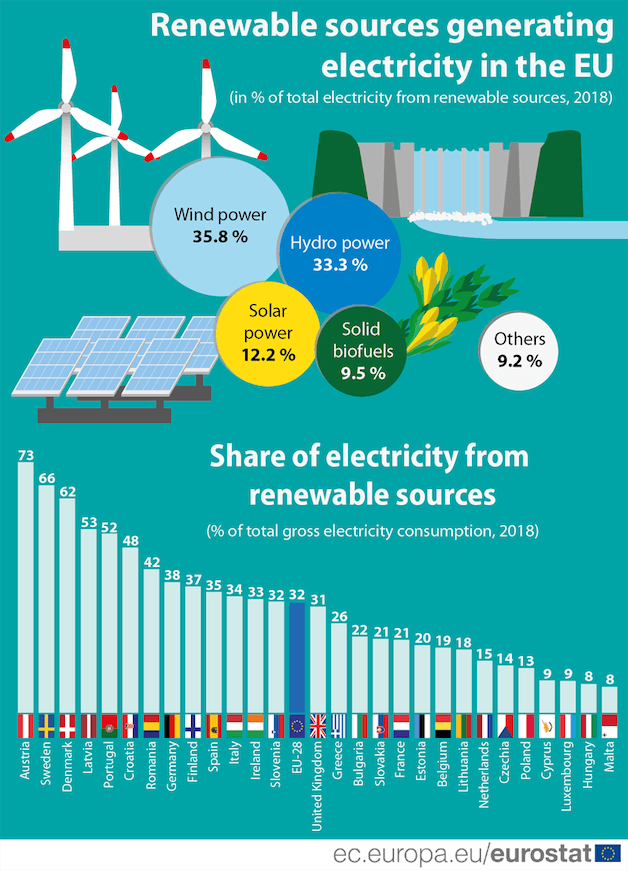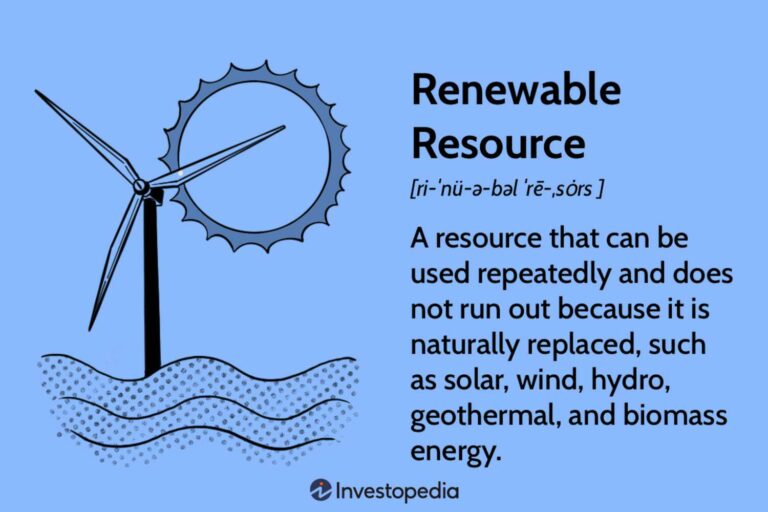What Percentage Of Energy Is Renewable?
Do you ever wonder how much of our energy comes from renewable sources? Well, get ready for some fascinating insights! In this article, we’ll explore the question, “What percentage of energy is renewable?” and shed some light on this important topic.
Renewable energy has gained significant attention in recent years, and for good reason. It refers to energy sources that can be naturally replenished, such as sunlight, wind, water, and geothermal heat. But just how much of our energy actually comes from these sustainable sources? Let’s dig in and find out!
Understanding the percentage of renewable energy in our overall energy mix is crucial to painting an accurate picture of our environmental impact and sustainability efforts. So, let’s embark on this journey together and uncover the fascinating world of renewable energy percentages!
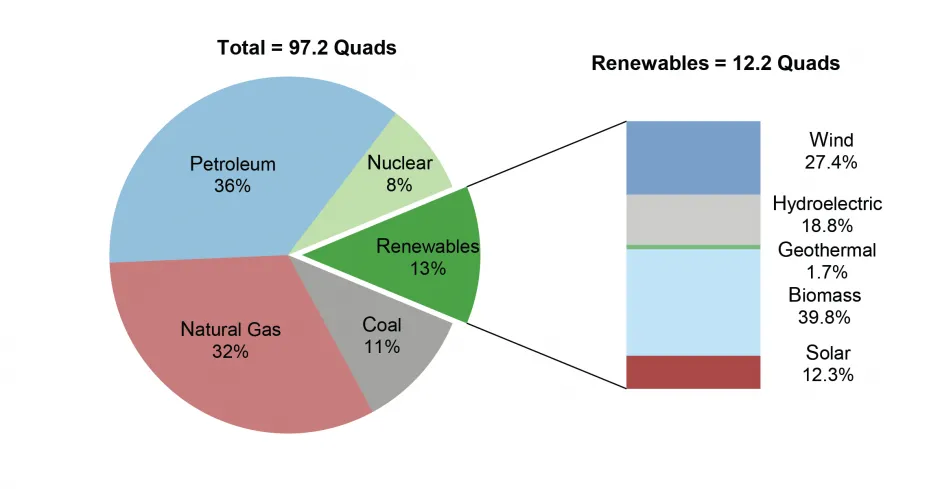
Exploring the Percentage of Renewable Energy in Today’s World
Renewable energy is taking center stage as the world seeks sustainable alternatives to meet its power demands. But what percentage of energy actually comes from renewable sources? In this article, we’ll delve into the current state of renewable energy and explore its significance in our energy landscape. Let’s dive right in!
The Increasing Role of Renewable Energy
Renewable energy refers to energy sources that are naturally replenished and have minimal environmental impact. These sources include solar, wind, hydro, geothermal, and biomass. In recent years, there has been a significant shift towards increasing the share of renewable energy in the global energy mix.
One of the main drivers behind this shift is the recognition of renewable energy’s potential in reducing greenhouse gas emissions and mitigating climate change. Governments, businesses, and individuals worldwide are realizing the urgent need to transition to cleaner energy sources to combat the effects of global warming.
As a result, the percentage of energy from renewable sources has been steadily increasing over the years. According to the International Renewable Energy Agency (IRENA), renewable energy accounted for approximately 26% of global electricity generation in 2018, a notable increase from previous years. This upward trend is expected to continue as countries implement policies and invest in renewable energy projects to meet their climate commitments.
The Advantages of Renewable Energy
The growing prominence of renewable energy is not without reason. There are several key advantages that make it an attractive alternative to conventional energy sources:
1. Sustainability: Unlike fossil fuels, which are finite resources, renewable energy sources are continuously replenished by natural processes. This ensures their availability for generations to come.
2. Environmental Benefits: Renewable energy produces significantly lower greenhouse gas emissions compared to fossil fuels. This reduction in carbon emissions helps mitigate climate change and improve air quality, leading to a healthier planet.
3. Energy Security: Relying on renewable energy sources reduces dependency on fossil fuels, which are often subject to price volatility and geopolitical tensions. Investing in renewable energy enhances energy security by diversifying the energy mix and reducing reliance on imported energy.
4. Economic Growth: The renewable energy sector has the potential to drive economic growth and create jobs. As investments in renewable energy projects increase, so does the demand for skilled workers in manufacturing, installation, and maintenance.
Status Quo: Current Percentage of Renewable Energy
While the percentage of energy from renewable sources has been on the rise, it still represents a relatively small portion of the total global energy consumption. However, this is changing rapidly as the world recognizes the urgency of transitioning to a sustainable energy future.
The 2020 edition of the Renewables Global Status Report by REN21 provides insight into the current status of renewable energy. According to the report, renewable energy accounted for around 11% of total final energy consumption in 2018, including heating, cooling, and transportation. Of this, electricity accounted for the largest share, while heating and transportation sectors are still heavily reliant on fossil fuels.
The report also highlights that countries are at varying stages of renewable energy deployment. Some nations have made significant progress in increasing their renewable energy capacity, while others are still in the early stages of implementation. Factors such as natural resource availability, policy frameworks, and investment climate influence the proportion of renewable energy in each country’s energy mix.
Renewable Energy Targets and Policies
To accelerate the transition towards a renewable energy future, many countries have set specific targets and implemented policies to promote renewable energy adoption. These targets not only aim to increase the percentage of renewable energy but also create favorable conditions for the development of clean energy technologies and infrastructure.
For instance, the European Union has set a target to achieve 32% renewable energy consumption by 2030. Countries like Denmark and Costa Rica are leading the way, with renewable energy making up a significant proportion of their total energy generation. Meanwhile, countries like China and India are rapidly increasing their renewable energy capacity to reduce dependence on coal and other fossil fuels.
In addition to national targets, there are also international agreements such as the Paris Agreement, which aims to limit global warming well below 2 degrees Celsius. Under this agreement, countries have pledged to reduce greenhouse gas emissions and promote the use of renewable energy.
Future Outlook and the Path to 100% Renewable Energy
While the current percentage of renewable energy may seem modest, the future outlook is promising. Experts and researchers believe that achieving a 100% renewable energy system is not only possible but necessary for a sustainable future.
Numerous studies have demonstrated the technical feasibility and cost-effectiveness of transitioning to a fully renewable energy system. Advancements in renewable energy technologies, such as more efficient solar panels and larger wind turbines, coupled with decreasing costs, support the notion that renewable energy can eventually meet all our energy needs.
However, transitioning to 100% renewable energy requires a collective effort from governments, businesses, and individuals. It requires continued investment in renewable energy infrastructure, research, and development. Policy support, such as incentives and subsidies, can also play a vital role in accelerating the uptake of renewable energy.
In conclusion, the percentage of energy from renewable sources has been steadily increasing, albeit still representing a relatively small portion of the global energy mix. The advantages of renewable energy, coupled with the urgency to tackle climate change, are propelling its growth. With ambitious targets, supportive policies, and technological advancements, the world is moving towards a future where renewable energy plays a major role in meeting our energy needs. It’s time to embrace renewable energy and pave the way for a sustainable future.
Key Takeaways: What Percentage of Energy is Renewable?
- Renewable energy makes up a small but growing percentage of the total energy consumed worldwide.
- About 11% of the world’s primary energy comes from renewable sources.
- The leading sources of renewable energy include hydropower, wind, and solar energy.
- Many countries are investing in renewable energy technologies to reduce reliance on fossil fuels.
- Increasing the percentage of renewable energy is crucial for combating climate change and achieving sustainability.
Frequently Asked Questions
Curious about the percentage of renewable energy in the world? Look no further! We’ve got the answers to your burning questions right here.
How much of the world’s energy is generated from renewable sources?
Renewable energy has been steadily growing in recent years, and as of now, it accounts for about X% of the world’s total energy consumption. This includes energy derived from sources like solar, wind, hydro, and geothermal power. While the exact percentage may vary depending on the country or region, the overall trend is a positive one as more nations strive to increase their share of renewable energy.
It’s important to note that the percentage of renewable energy is not uniform across all countries. Some nations have made significant progress in transitioning to renewables, with a higher percentage in their energy mix, while others are still heavily reliant on non-renewable sources, which affects the global average.
What are the most common sources of renewable energy?
Renewable energy is diverse and comes from various sources. Among the most common sources are solar power, which harnesses energy from the sun using photovoltaic cells, and wind power, which relies on wind turbines to convert wind into electricity. Hydroelectric power, generated by flowing water through turbines, is another major source. Additionally, geothermal energy, which utilizes heat from within the Earth, and biomass energy, derived from organic materials, also contribute to the renewable energy mix.
These sources of renewable energy have gained popularity due to their abundant availability, minimal environmental impact, and potential for long-term sustainability. Technological advancements and increased investment in these sectors have further propelled their growth in recent years.
Why is it important to increase the percentage of renewable energy?
Increasing the percentage of renewable energy is crucial for several reasons. First and foremost, it helps combat climate change by reducing greenhouse gas emissions. Unlike fossil fuels, renewable energy sources produce little to no carbon dioxide during generation, mitigating the harmful effects of global warming. Secondly, renewable energy is sustainable and inexhaustible. As opposed to finite resources like coal and oil, renewable sources can provide an ongoing supply of energy, ensuring long-term energy security.
Moreover, expanding the use of renewable energy promotes energy independence and reduces dependence on foreign oil and gas. It creates jobs and stimulates economic growth by fostering innovation and investment in the clean energy sector. Finally, renewable energy can improve public health by reducing air pollution, which is a significant contributor to respiratory and cardiovascular diseases.
What are the challenges in increasing the percentage of renewable energy?
While there are many benefits to increasing the percentage of renewable energy, there are also challenges that need to be addressed. One primary challenge is the intermittent nature of certain renewable sources like solar and wind power. As these sources rely on weather conditions, their availability can fluctuate, which requires efficient energy storage systems and grid management to ensure a continuous and reliable power supply.
Another challenge lies in the initial investment costs for renewable energy infrastructure. While the long-term operational costs are generally lower, the upfront expenses for installing solar panels, wind turbines, or hydroelectric plants can be significant. Governments and private investors need to provide adequate financial support to promote the transition to renewable energy.
What is the outlook for increasing the percentage of renewable energy in the future?
The future looks promising for renewable energy. Many countries have set ambitious targets to increase their percentage of renewable energy in their energy portfolios, signaling a global shift towards cleaner and more sustainable sources. Technological advancements, such as improved solar panel efficiency and cheaper energy storage solutions, are making renewable energy more cost-effective and accessible.
Additionally, public awareness and support for renewable energy have been on the rise, putting pressure on governments and businesses to prioritize clean energy initiatives. As the world grapples with the urgent need to address climate change, the percentage of renewable energy is expected to continue growing steadily in the coming years, paving the way for a more sustainable future.
Summary
Renewable energy is important because it comes from sources that won’t run out, like the sun and wind. Right now, around 18% of the world’s energy comes from renewables, but it needs to be even higher to combat climate change. Some countries, like Iceland and Costa Rica, are already getting most of their energy from renewables. It’s important for us to use and develop renewable energy sources to create a cleaner and more sustainable future for our planet.
In order to increase the percentage of renewable energy, governments and individuals need to invest in renewable technologies and support policies that encourage their use. We can all play a role by using energy efficiently and advocating for renewable energy adoption. With everyone working together, we can transition to a world powered by clean and renewable energy.

